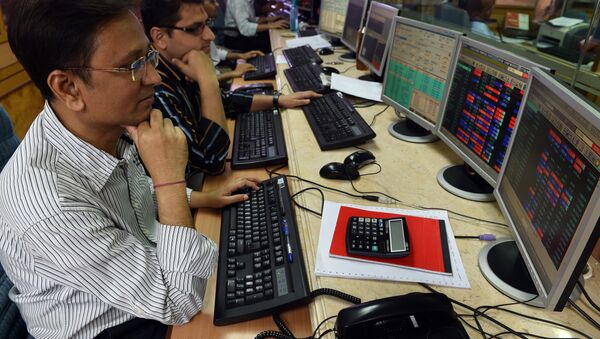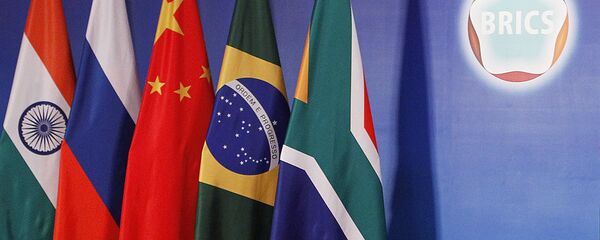Kristian Rouz – Indian stock markets have been closely watched since August last year, when the then-newly-elected nation’s Prime Minister Narendra Modi launched an ambitious program of economic reform and development.
Not until early this week, when Australia’s UniSuper Management Pty announced they have recently seen enough development in India’s economic performance to consider buying some stock there.
Now, why is India so attractive investment-wise at this particular point in time?
During the last year, India’s stocks have been one of the best performing assets in the world. As evidenced by the exchange-traded funds’ data (MSCI India), investment in India have returned about 40% during last year, while the real economy expanded an annualized 8%, surpassing even the growth in mainland China. That said, India’s stocks are largely undervalued, while having a strong backing from the real economy.
The governor of the Reserve Bank of India (RBI) Raghubam Rajan, introduced his inflation target policies back in January 2014, starting a standardization in New Delhi’s monetary policies, thus contributing to India’s trustworthiness. Now, the government announced it would make formal corrections in the ‘RBI act’, thus providing flexible control over the volatile prices under the law. Consumer inflation targets are set at 4%, plus or minus 2%.
"This framework will decrease the uncertainty around the decision-making process and there will be limited possibility of any speculation," Rupa Rege Nitsure of L&T Financial Services said. "Transparency and predictability in monetary policy decisions are significant progress."
There is a ‘paradigm shift’ going on in India, as the nation seems to be willing to modernize its economy aggressively in order to stand in line with developed economies, rather than emerging markets like Korea or Taiwan.
Both the fiscal standardization and the monetary easing will allow more money into India’s financial sector, triggering a domestic-driven appreciation in the nation’s equities. Foreign investors thus would greatly benefit by putting their money into those same stocks, as would India – from a possible influx of FDI. This would be a perfect win-win situation.
Besides, the Modi government seems to be copying some of the policies practiced by the Obama administration in the US.
New Delhi announced the budget deficit will increase to a 3.9% GDP from the consensus estimate of 3.5%-3.7% in order to finance large-scale governmental investment in the economy. Some $11.3 bln will go into the development of infrastructure, while the corporate tax will be lowered from 30% to 25% by 2019. Some 60 mln houses are planned to be built with the governmental money by 2022, suggesting a rally in the housing market.
All of these measures are a clear signal of a significant liberalization in India’s economy and also bear a long-term benefits for economic growth. India has accumulated a record $334 bln in FX reserves, which only adds to the nation’s international investment credibility.
No surprise that having looked at all this, Australia’s Unisuper decided to put A$200 mln in India’s equities via either a fund manager or an ETF (the latter being more profitable, the former more solid).
“India has the potential to be the next big thing,” Unisuper’s Chief Investment Officer John Pearce said. “The reform agenda in the country, onus on growth, policy certainty for businesses will aid sentiment for Indian equities.”
Now, scrape up your money and go buy yourself some stock. India’s benchmark index is called Sensex, and it skyrocketed by 30% in 2014, while being still undervalued.




